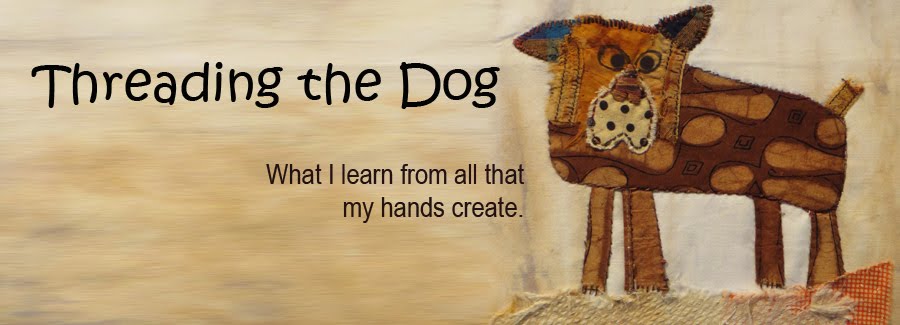The population consists of about 300,000 folks of mostly Nordic heritage...
Who settled Iceland in the ninth century, when Eric the Red was kicked out of Norway.
 | ||
| Some are imposters. |
 |
| Harvest at the marshmellow farm. |
They have few natural resources and settled the country with what they had at hand.
 |
| Old turf home. |
 |
| Church from driftwood and turf. |
 |
| Stirrups. |
 |
| "Leather" tanned from wolfish skins |
 |
| Salmon skin. |
Icelanders also raise cattle, which apparently are ocean-going...
...and the famous, fabulous Icelandic pony.
To maintain the integrity of the breed, no other horses are allowed into the country and if one leaves for an international horse show or a week at Club Med, it is not allowed to return.
Speaking of leaving, drastic numbers of young people are abandoning the rural areas of the country (which is just about everything except Reykavik) and heading into the cities. Deserted farmhouses dot the outer fjords.(We can find a ghosttown anywhere in the world, just dare us.)
The wildlife is primarily birds. I could have spent a lifetime watching
them as they returned from their day trips fishing to their clifftop
nests.
 | |
| See the white chalk line in the grass? That is the official protection against falling 1500 feet off the cliff. |
And finally, there was this. The ultimate indicator of a civilized culture.
And that, she said, is what I did over my summer vacation.
The End.








































